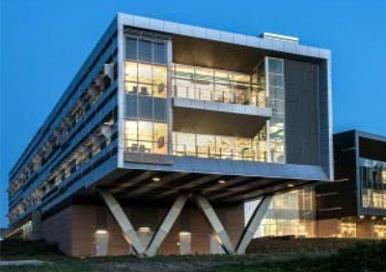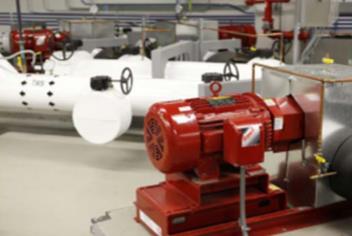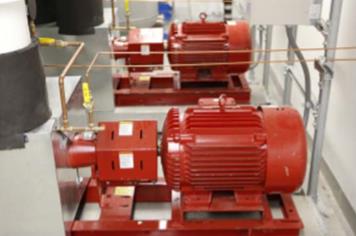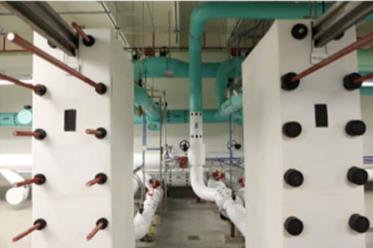Data Centre National Renewable Energy Laboratory,United States

The idea that the heat thrown off by supercomputers could be captured and turned into a radiant
heat supply for an entire building is just the kind of thing researchers hypothesize about at
the National Renewable Energy Laboratory (NREL) in Golden, Colorado. So when it came time to
build a new laboratory on the NREL campus, that’s the challenge they posed to the design team.
The new 182,500-square-foot Energy Systems Integration Facility (ESIF) includes 15
laboratories where researchers are using renewable energy technologies to develop the smart grid
of the future. NREL engineers knew the ESIF was an opportunity to showcase their research on
clean energy technology integration.
“We knew we wanted to capture the heat from the computer in the form of water
because it’s very easy to transport from one place to another. So that started to suggest a
hydronic system for cooling the supercomputer and also the use of heat exchangers to transfer
that heat to other parts of the building where it could be used,” said Robert Thompson, chief
mechanical engineer for SmithGroupJJR
The project required intensive design-build collaboration among architects,
engineers and contractors to achieve ambitious performance goals set forth by NREL, including
LEED
platinum certification, 50-percent better than ASHRAE 90.1 standards, and power use
effectiveness (PUE) of 1.06, far lower than the industry average of about 1.7 to 1.8.
PUE is a measure of how efficiently a computer data center uses energy. It’s
determined by dividing the amount of power entering a data center by the power used to run the
computer infrastructure within it. A PUE rating of 1.0 is equivalent to a 100 percent efficient
facility.
“None of this was ever done before,” according to Otto Van Geet, principal
engineer at NREL. “Nobody had built high-temperature liquid-cool computers and nobody had ever
captured the waste heat from the computers.”


The design-build team included SmithGroup JJR, JE Dunn, M-Tech Mechanical Co.,
Affiliated Engineers and McNevin Co. Xylem’s Bell & Gossett (B&G) products played a pivotal role
in helping the team meet the energy benchmarks.
“If you want to achieve the best-in-the-world PUE of 1.06, which we are achieving,
you can’t waste any energy,” Van Geet said. “We needed to select very efficient fans, pumps and
controls.”

